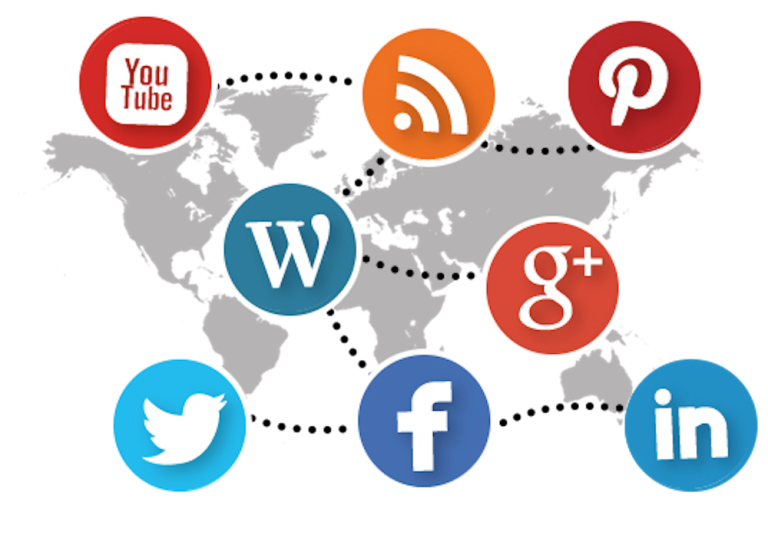
In the era of mobile, retail has become obsessed of late with reaching the consumer. Through text messages, emails, push alerts and (most heavily favored) social media, brands have an almost unlimited number of options to reach out and touch someone.
With, admittedly, some mixed results. The good news about being able to communicate actively with consumers is the possibility of creating the kind of personal connection and interest that breeds loyalty. Push the right offer with a beacon, net a conversion; come up with a suitably amusing tweet, win a few extra clicks to your site.
But when things go wrong for brands, they tend to go quite wrong. On the mild end of the spectrum, the digital offers may not be sufficiently personalized, such that a consumer simply gets an offer that does not interest them. Such misses don’t incentivize a conversion and run the risk of mildly annoying the consumer. But on the upside, they also generally don’t do much to engender long-term ill will either.
Those are more the provenance of the social media fails — the glowing moments when brands manage to capture the world’s attention by implanting their foot in their mouth, usually via tweet. Sometimes, the error is truly unintentional, like when KitchenAid accidentally posted a tweet that implied President Obama’s grandma died because she knew how badly his first term would go. That tweet came out during one of the 2012 presidential debates — right after the president had mentioned his grandmother. KitchenAid quickly apologized and explained that an individual employee had accidentally tweeted from KitchenAid’s Twitter account, instead of his personal one.
Oops.
Chrysler offered basically the same explanation when its Twitter account one day greeted the world with the message: ”I find it ironic Detroit is called the #motorcity and yet no one here knows how to f****** drive.”
Sometimes, though, the fail is more complete. Domino’s accidentally replying to the #WhyIStayed hashtag campaign with “You had pizza” was considered a bit insensitive since the campaign was about domestic violence. Bic made an effort at supporting International Women’s Day, but the message “Look like a girl, Act like a lady, Think like a man, Work like a boss” sort of gave away that its corporate grip on the aims of feminism was a little shaky — at best.
Social media’s biggest strength can be its biggest weakness: the ability to create real-time communication between brands and customers. The problem with being powered by spontaneous reactions is that spontaneity can be a bit of a double-edged sword. Brands want to make those real-time connections because the rewards are real. But the costs of alienating people in real time are also real and, in some cases, can be quite high.
This is where Brand24 comes in with its social media tracking and CRM platform to help use social media a bit differently — as a tool for listening instead of talking.
The Magic Of Listening
Tapping into the various communication touchpoints when one’s customers carry supercomputers in their pockets is hard and wired to go wrong in a lot of ways — simply because all those channels are hard to keep track of. This becomes ever more true as brands get bigger and have a greater and more active social media presence. Brands with inactive Twitter feeds can easily keep up with the pace of social media, but they have the bigger problem of an inactive social media profile.
Brand24 takes a lot of that challenge off the table by monitoring all social media accounts for brands and sending back reports that summarize that activity. But more than that, Founder and CEO Michal Sadowski noted, the firm gives its partners better options for how to really use that data to respond meaningfully to their customers.
It also offers an analytics software layer to dig into data about who customers are, what the sentiment is and how it is changing for good or ill.
The software also looks for influencers in the various channels and offers outreach strategies. Some are even pretty inventive (free pizza never did anyone wrong).
The Real Commerce Use Of Social Media
Buying and selling on social media has been a long pipe dream. This time a year ago, we were still covering the wave of buy buttons that suddenly were sprouting like weeds all over the digital ecosystem. Buy buttons that seem to have, by and large, gone nowhere — just like the attempts at setting up various stores on Facebook flamed out in the past. Social media is highly relevant to commerce, but it seems, when given the opportunity to directly transact on social media feeds, consumers take a hard pass ever time.
But, as Brand24 noted, social media is a chance to be a fly on the wall in millions of consumer conversations, and that is actually a more powerful tool. But to have a conversation with a customer, you have to be able to listen to them.
Brand24 makes that listening easier. All brands have to do after that? Say the right thing in response.